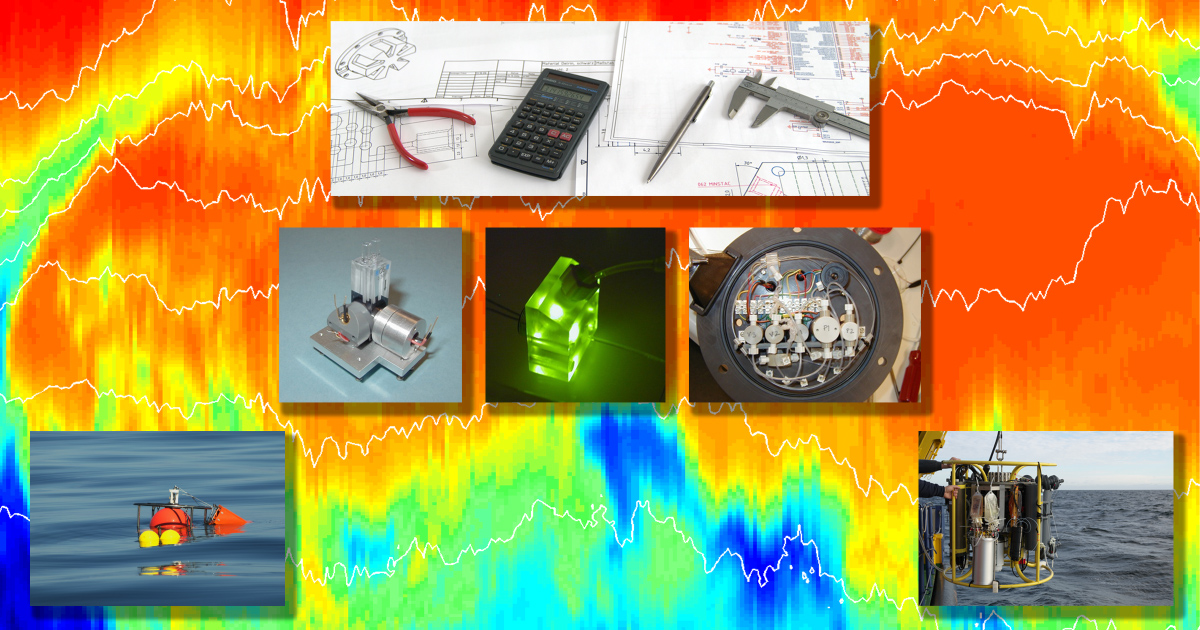Development of Oceanographic Sensors
A special issue of Journal of Marine Science and Engineering (ISSN 2077-1312). This special issue belongs to the section "Ocean Engineering".
Deadline for manuscript submissions: closed (10 January 2022) | Viewed by 9214

Special Issue Editor
Special Issue Information
Dear Colleagues,
Ocean sciences crucially depend on our ability to make observations of relevant parameters on spatial and temporal scales appropriate for the processes we seek to understand. As temporal and spatial scales of ocean processes vary from sub-mm sub-second to decadal and ocean wide, the range of requirements for suitable sensors and platforms is equally wide. While sensors for basic physical properties like temperature, conductivity and pressure have been established and continually developed for decades, more and more chemical, biological and biogeochemical parameters become accessible by new or improved ocean sensors.
The special issue “Development of Oceanographic Sensors” of the Journal of Marine Science and Engineering seeks original contributions in the field of oceanographic sensors at various stages of the development (first demonstrations in the lab environment to fully qualifying demonstrations at sea). Articles on topics of interest to the sensors community, such as systematic uncertainty estimation of ocean sensors or calibration issues will be considered for publication.
Keywords
- Oceanographic sensors
- In-situ ocean sensors
- Physical ocean sensors
- Biological ocean sensors
- Chemical ocean sensors
- Biogeochemical ocean sensors
- Sensor development





